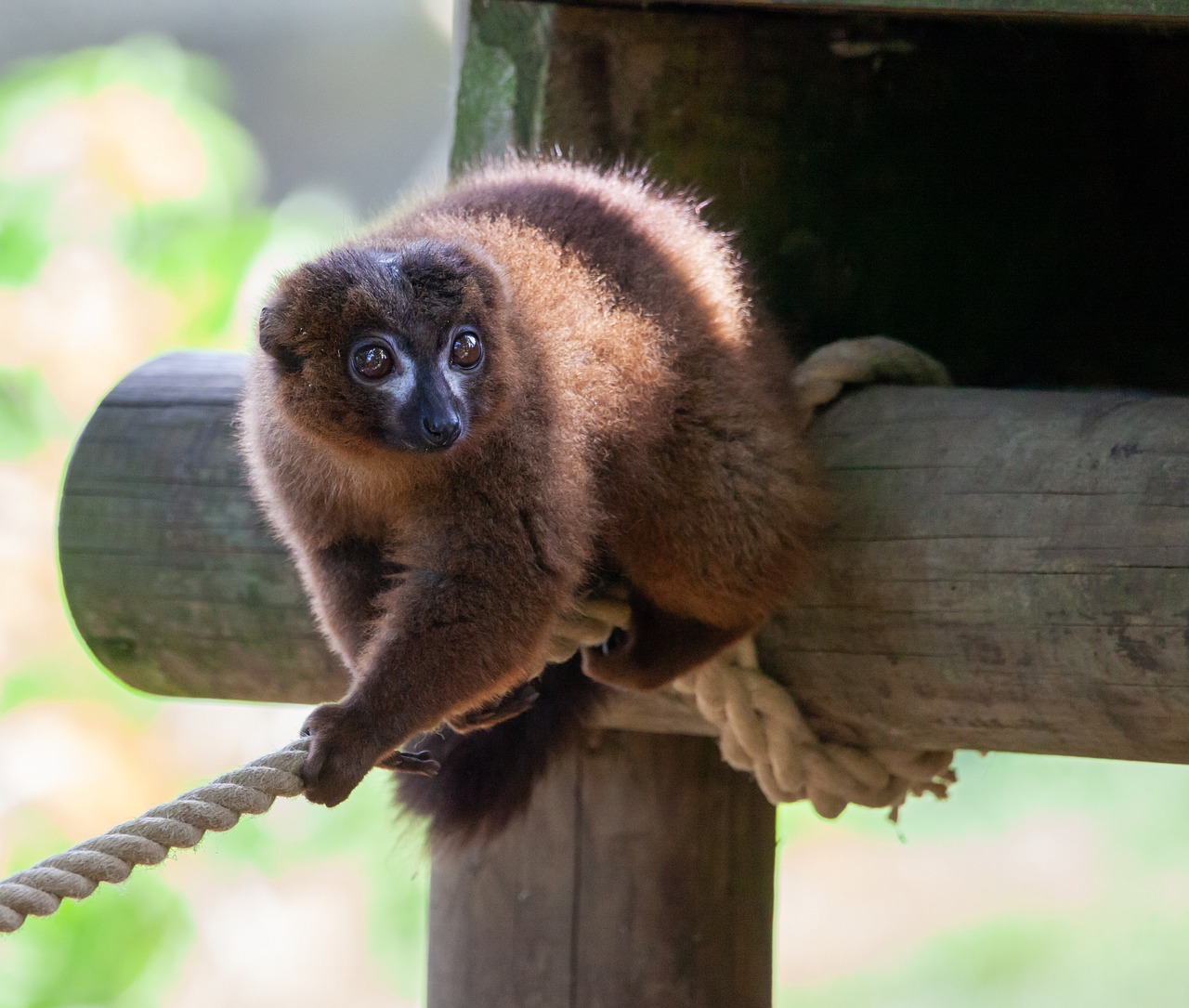In many mammal species, fathers contribute significantly to infant care. However, the hormonal mechanisms of this relationship are not nearly as well studied as those between mother and infant. Recent biological work in humans, tamarin monkeys, and biparental rodents has revealed that expectant fathers undergo hormonal changes during their partner’s gestational and post-natal period. This includes significant changes in cortisol, oxytocin, prolactin, and androgen levels that mimic those of their partner. Estradiol, an estrogen steroid hormone, has a well-established association with increased maternal responsiveness and sensitivity but has not been studied in natural and spontaneous paternal behavior.
Observing Red-Bellied Lemurs in Madagascar
An international consortium of biologists and evolutionary primatologists sought clarity on the relationship between estradiol and paternal care by observing 10 expectant male red-bellied lemurs (Eulemur rubriventer) in the wilds of Madagascar. During their study, published in the journal Hormones and Behavior, 136 fecal samples and over 1500 hours of behavioral data were collected over two breeding seasons. They measured hormone metabolite levels in the lemur’s fecal samples using Arbor Assays’ DetectX® Estradiol ELISA Kit (K030-H).
The time red-bellied lemurs spend doing paternal tasks, as well as the variety of those tasks, is comparable to human fathers. These tasks include a large behavioral repertoire of grooming, carrying, and playing with their infants. This makes it easy to interpret offspring care and creates an excellent model for longitudinal association between hormone levels and paternal behaviors.
Key Findings and Implications
The scientists found that overall, fecal estradiol levels did increase significantly (p < 0.001) compared to baseline in expectant males during their partner’s gestational period. Additionally, levels gradually tapered off after birth as predicted, with high variation between individuals during the post-natal period. However, these significant changes in estradiol levels throughout the pre- and post-natal periods did not correlate with observations in paternal care behavior as expected.
While estradiol levels may not play as direct of a role in paternal care as they do in maternal mammal behaviors, the increase in hormone levels during the same period likely indicates an indirect influence on the initiation and maintenance of paternal care through other hormonal mechanisms. This study provides a crucial step toward understanding the complex hormonal dynamics of paternal care in mammals.
Keep Up on Science News with Arbor Assays
Stay tuned as this area of study develops. The insights gained from these observations could pave the way for further research into the hormonal influences on paternal behavior, offering a deeper understanding of the biological underpinnings of fatherhood across species.
Follow our blog for more updates on cutting-edge research in animal behavior and hormone studies!
